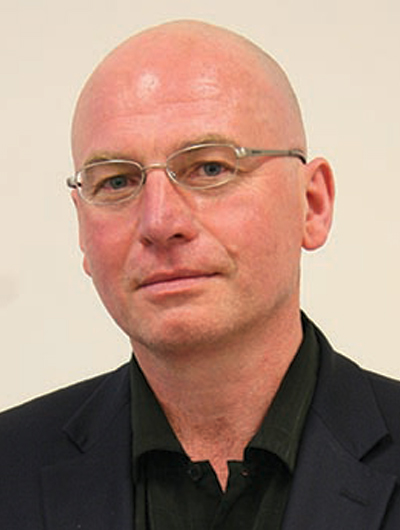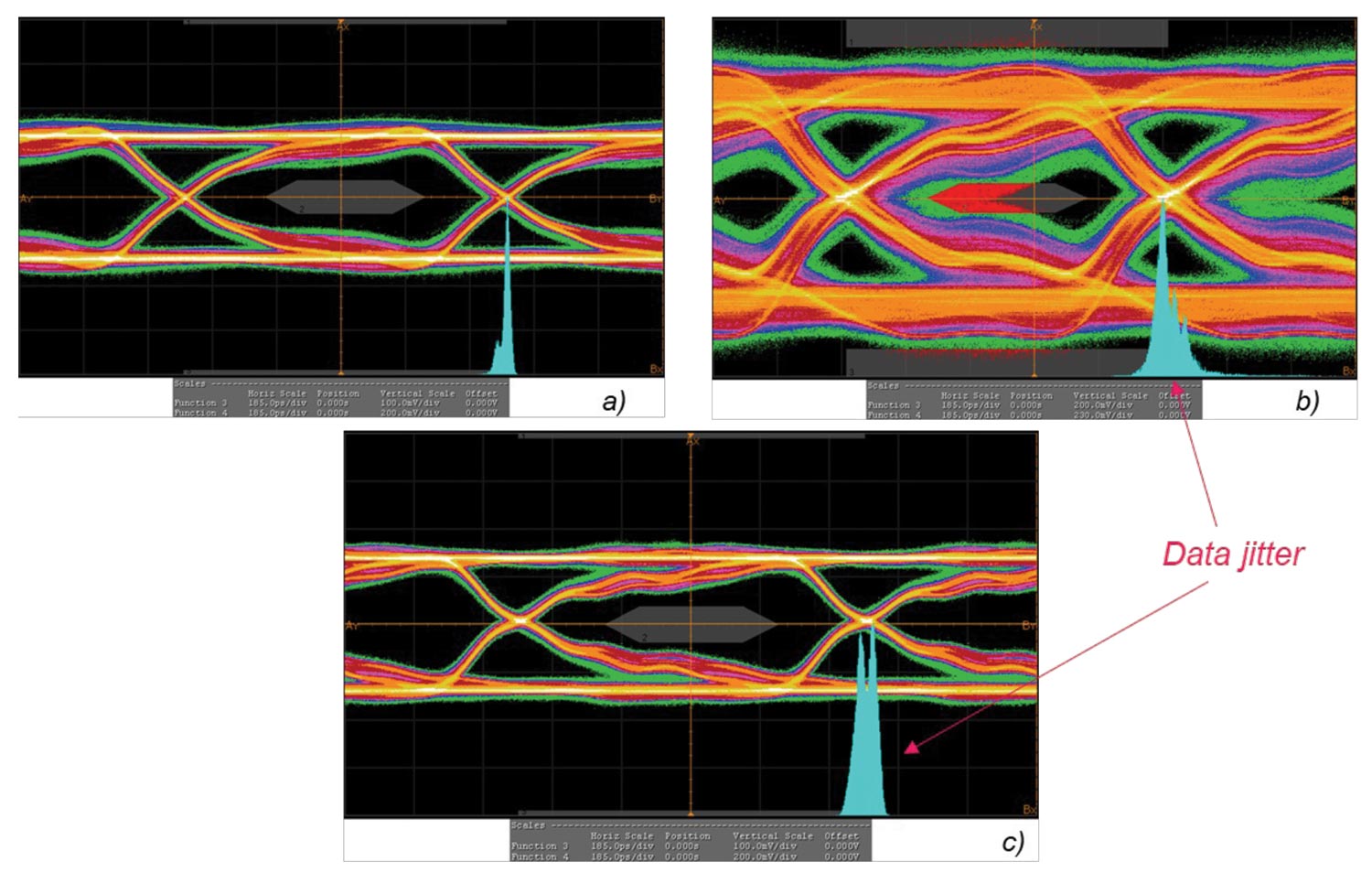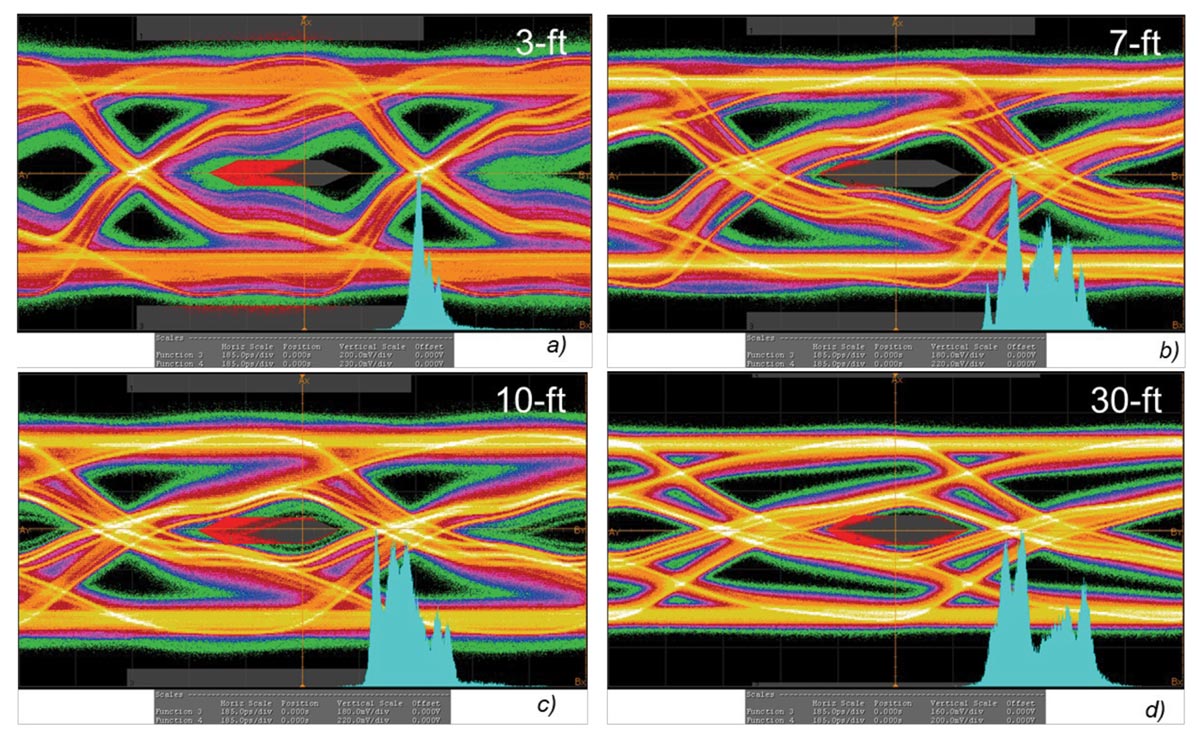his is the second of two articles devoted to the Eye Diagram. Part 1 presented the fundamental definitions and concepts [1]. This article, Part 2, addresses the impact of driver, HDMI cable, and receiver on signal quality using data eye, based on the following criteria: data eye opening, data mask violation, and data jitter.
The study focused on the evaluation of eye diagrams using the following criteria: eye opening, eye mask violations, and data jitter. The data jitter was presented in the form of a histogram.
Impact of HDMI Sources
Next, we evaluated the impact of cable length.
Observations: HDMI Source 1 passed the test for cable lengths: 3-ft, 7-ft, and 10-ft, but a failure was observed for the 30-ft cable. As the cable length increased, the eye opening became smaller, and the date jitter increased.
Figure 4 shows the eye diagram for HDMI Source 2 and four different cable lengths.
Observations: The HDMI Source 2 failed the test for all four cable lengths. Generally, as the cable length increased, the eye opening became smaller, and the data jitter became larger.
Observations: Both receivers passed the test with a similar amount of jitter. The eye opening of the Receiver 1 was slightly larger than that of the Receiver 2.
This article addressed the impact of driver, HDMI cable, and receiver on signal quality using data eye, based on the following criteria: data eye opening, data mask violation, and data jitter. The study has shown that all three system components affect the eye diagram. Measurement results have shown a correlation between data jitter and data eye mask opening; as the data jitter increases, the data eye opening gets smaller. The impact of the receiver in our study was less pronounced than the impact of the driver. The most obvious observation was the shorter the cable, the better the data quality.
- Adamczyk, B., Russa, K., Hare, N., “Eye Diagram – Part 1: Fundamental Concepts,” In Compliance Magazine, August 2022.







